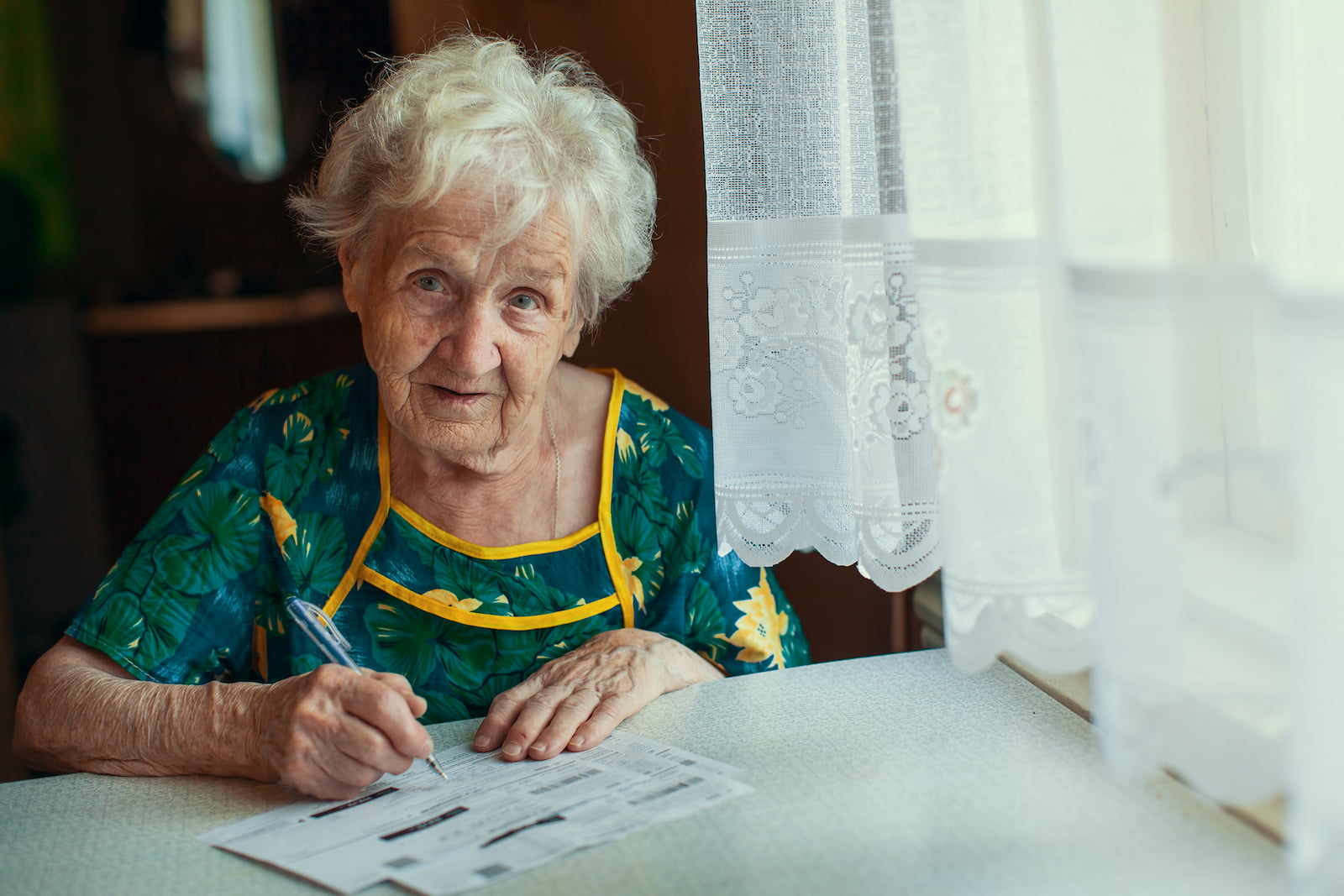Finding ways to make housing affordable has troubled society for decades. Lack of affordable housing is linked to a host of social issues, including underemployment, drug abuse, domestic violence, and poor health. Affordability is defined as spending no more than 30% of monthly household income on rent or mortgage payments. According to the U.S. Department of Housing and Urban Development, “40.9 million American households (35.3 percent) are cost burdened, including 19.8 million (17.1 percent) with severe burdens, meaning they spend over half of their income for housing.” Spending so much on rent leaves little for life’s necessities, like food, clothing, education, healthcare, electricity and other utilities.
Paying the rent or a mortgage is far from being a family’s only expense. Just because their income is low doesn’t mean it costs any less to keep the milk refrigerated, fend off the cold of winter or keep the water running. Energy costs the same for everyone, making the energy burden up to three times heavier for low-income families than families with higher monthly incomes, resulting in what is called “energy poverty’. Energy poverty is determined by the percentage of income that a household spends on energy. While an average family may spend about 3 percent of their income on energy, low-income families may spend more than 20 percent of their income on energy expenses.
Energy poverty makes housing even more unaffordable. So one way to address the problem is to reduce some of the fastest rising costs to occupants – energy and water expenses – thus reducing the toll that energy poverty takes on low-income families. Many energy utilities already address affordability through assistance programs that pay a portion of customer’s bills when customers can’t cover the cost themselves. While financial assistance with bills is a short-term fix, it does little to solve the long-term underlying problem.
Addressing high utility costs by reducing the staggering amount of energy and water waste that occurs in many low-income homes is an essential part of fixing this serious societal problem. There are income-qualified weatherization programs in virtually every community whose goal is to tighten up the homes of those who can’t otherwise afford it. These are operated by energy utilities, native nations, government agencies and nonprofit organizations.
Weatherization assistance programs install energy conservation measures such as insulation, air sealing, low-flow showerheads, LED lights, etc. These programs are often constrained by inadequate budgets and narrow definitions of cost effectiveness. While they certainly help, these efforts often fall far short of the ideal. There are isolated cases of extensive weatherization, sometimes called “deep energy retrofits”, that bring energy use to extremely low levels. Unfortunately, deep energy retrofit programs for low-income homes are usually limited to demonstrations and not widely available.
Another approach is to reduce energy costs by adding solar (photovoltaic) panels. Solar panels are becoming part of the efficiency package in working class neighborhoods around the country. These efforts are often coupled with previous weatherization work. In order to further improve economic prosperity for low-income families, one California-based nonprofit adds job-training to the mix. GRID Alternatives installs solar energy systems in underserved communities while preparing workers for family-wage jobs in the clean energy industry. They have installed more than 9,000 photovoltaic systems and trained nearly 35,000 people.
While all of these efforts do contribute to the overall solution of the problem of energy poverty in some way, they also all miss a huge opportunity. Funding and implementation are fragmented across many organizations. Efficiency measures are implemented piecemeal. It’s a rearguard action that succeeds only to address the biggest needs and fails to reach the level of efficiency demanded by the current climate crisis. Limited funds and insurmountable backlogs lead to a form of housing triage by treating only the worst cases. It’s a poor investment of public resources.
Currently, a great deal of funding is going towards patching substandard homes or paying high utility bills, or both. There is a better way. These funds could be repurposed to systematically weatherize the existing good quality apartment house and home stock using programs such as EnergiSprong for apartments and deep energy retrofits for stand alone homes. Approaching energy retrofitting in this systematic way will be far more cost effective for society and more dignified for the occupants of these homes and apartments than the current piecemeal approach.
And rather than attempting to weatherize unfixable homes, combining funds currently directed towards utility bill assistance, repair and weatherization of existing homes and apartments with the funds for incentivizing new construction would support the replacement of older, deteriorating homes with brand new homes that are healthier and more energy efficient – an approach we discuss in Part II: Don’t Repair, Replace! Bring Zero Energy Homes to Those that Need Them Most.


One thought on “Solving Energy Poverty: Energy Efficient Homes for Those Who Need Them Most”